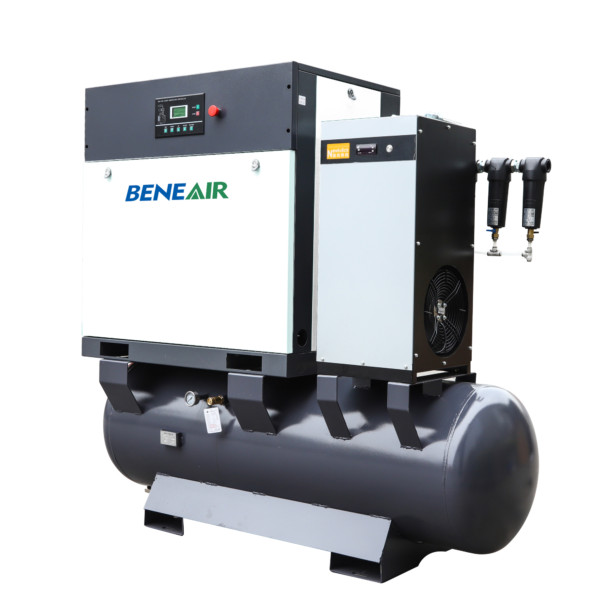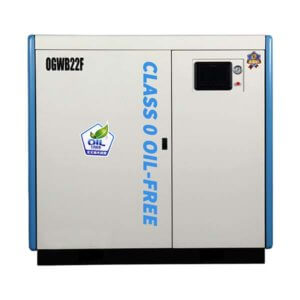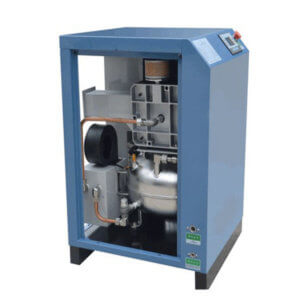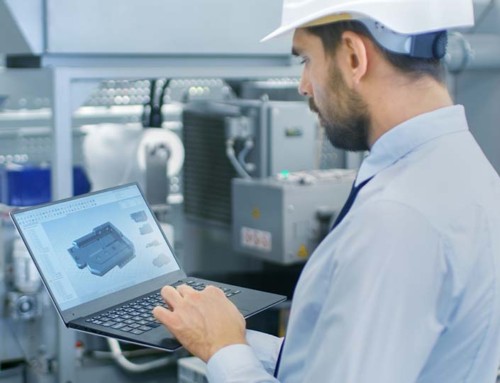Contents
According to the US Energy Information Administration, air compression accounts for around 10% of a standard industrial plant’s power usage. As a result, compressed air is expensive in the United States. Money will be wasted when there is a pressure drop. Wasteful operational techniques lower profitability and may even jeopardize a company’s long-term financial survival.
What is Pressure Drop in an Air Compressor System?
What is Pressure Drop in an Air Compressor System?
The decrease in air pressure from the compressor discharge end to the beginning of the implementation of utilization is referred to as ‘Pressure Drop.’ Caused by friction, pressure drop happens in the overall pipe network and its following components as the compressed air flows through the pipelines in the supply system until it reaches the final use.
The pressure regulator, after cooling system, air quality control apparatus such as dryers, cleaners, control valve, and the pumping station system are the most common places where pressure drop happens. There will be an increased power usage of approximately 7% of the load condition capacity for every extra one psi rise in the pressure range.
- Ideal Pressure Drop
Although all compressed air units drop some air pressure in the transmission network, it becomes an issue when the pressure drop is extreme. An effective compact air network can drop almost or less than 10% of pressure between the air receiving unit and the application area. If too much pressure is lost in your compressed air system, your equipment and machinery might not even be able to function correctly.

Factors Causing Compressed Air System Pressure Drop
Factors Causing Compressed Air System Pressure Drop
In between the gas container and the site of application, the pressure might fall at a variety of locations. Anything that obstructs air movement or induces a leak of air can make the system lose pressure. Compressed air systems experience pressure drop primarily due to airflow and compressed air.
- All of the pipework, fittings, and connectors that transport pressurized air flow transmitter containers to the place of the application make up the distribution network.
- Heavy resistance, blockages, and leakage can cause a shoddily built or managed air distribution network to drop pressure.
- Dryers, cleaners, humidity filters, and oil dividers are all components of a compressed air system that can induce pressure decrease.
Effects of Pressure Drop on your System
Effects of Pressure Drop on your System
Pressure drops cause the performance to reduce and raise your power usage. Your compressor’s efficiency starts to deteriorate. You can hire an experienced professional to do regular compressor servicing. Another alternative is to investigate the root of the issue on your own. Excessive pressure production will result in more storage space and a rise in operational expenses.
What Influence Can a Drop-in Compressed Air Pressure Have on Power Bills?
If your distribution system is dropping a considerable amount of pressure, you will need to increase the overall force of your compressed air system to accommodate. You might have devices that demand 70 PSI to work, for instance. To balance for a pressure drop of 30 PSI throughout the network, you will need to operate your air compressor at 100 PSI which will definitely cause extra energy consumption and high electricity bills.
How Can We Measure Pressure Drop?
Simply measuring the drop in pressure inside an air compressor system is the most straightforward approach to measure it. The airflow (CFM) and pressure are measured by a compressed air circulation meter (PSI). Heat and overall discharge will be measured by a few. A flow meter can be put entirely in connection with the compressed air system or installed periodically for a system inspection.
- It is essential to test PSI at numerous locations in your unit to figure out where the pressure drop is coming from.
- Right after the air receiving container, instantly.
- Prior to and during the use of an air dryer.
- Right before any inline systems, moisture partitions, or after-coolers are installed.
- At each transmission system, tubing and connectors are installed.
How Can We Reduce Pressure Drop?
How Can We Reduce Pressure Drop?
Your compressed air pump already uses a lot of energy. The pressure drop can cause more than usual energy consumption. In these circumstances, you have alternatives. In general, you should try to keep your network as dry as possible. You should always be seeking to increase the productivity of compressed air.
- Look for System Connection Links
Make sure all connection components are the right size and tight enough. If any of your connection points are unnecessarily convoluted, it might be time to restructure your network with a more straightforward approach.
- Inspect Pressure Regulators
The adjustments on the pressure controllers could be the source of the pressure drop and increased energy usage. You should try to reset the component, but if the problem persists, it may need to be removed.
- Examine the Connections for Signs of Damage
Air leaks can be caused by kinked or worn-down connections. If you test tubes and pipings on a regular basis to ensure they are in good operating order, you can detect a leak sooner rather than later. Ensure that none of your system’s connections are in a strained state.
- Change Lubricants
Your air compressor’s lubricants must correspond to the system’s absolute flow velocity. They might have to be replaced if they are not performing correctly within the limits of your equipment.
- Check Fittings
If the system supports tubing, you should analyze it to ensure that the fittings are still sealed. Fittings can also be destroyed by rust buildup. If you notice any corrosion or tears in the system’s fitting, it is better to upgrade it.
For a short-term Solution, Inspect for leaks in all of the system’s valves and fittings. All filters should be cleaned or replaced, and the compression set points for your machines should be reduced.
For a midterm Solution, Install pressure sensors at critical spots throughout your structure, especially before and after each device is used. Inspect the equipment for any unexpected decreases in pressure. Make routine maintenance assessments.
For a long-term Solution, Make a system design and restructure your work area to eliminate pipeline connections. Remove all twists and reconnect any tubes that have excessive pressure drops.










Leave A Comment